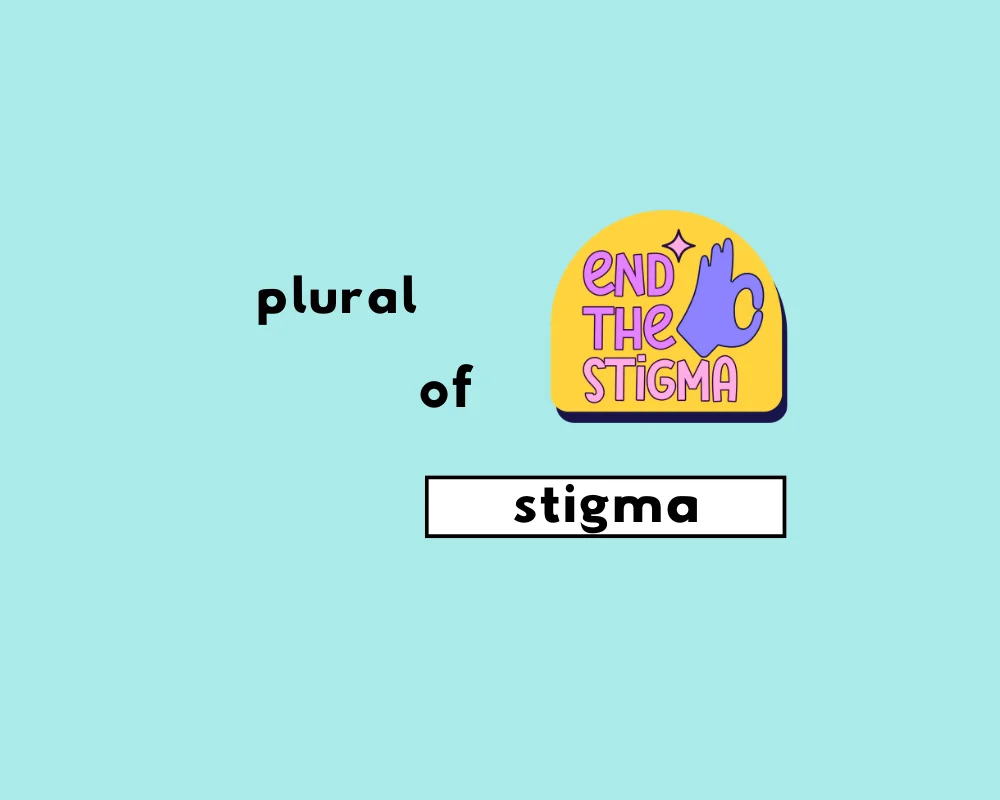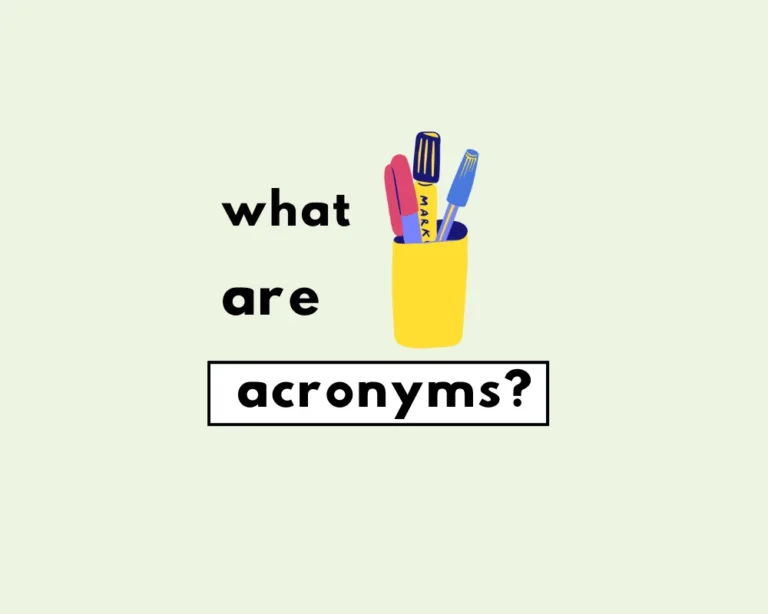What’s the plural of “stigma”?
Stigmas and stigmata are both accepted plurals for stigma, which refers to “a mark of disgrace associated with a particular circumstance, quality, or person”.
There are many social stigmas attached to unemployment.
The report highlighted the deep-seated stigmata faced by marginalized groups.
The communities carried heavy stigma.
She wrote about a single stigmata that affected his life.
Is stigmas or stigmata plural?
Stigma originally comes from Greek word, and it still retains its original singular and plural noun suffixes. Stigmata, much like dogma/dogmata, adds ‘-ta’ to the end of the word to switch to plural.
Nevertheless, the standard form, which is just to add an ‘s’ or ‘es’, works in this case too. So, for those that prefer to standard pluralization, stigmas; this works just as well. Most importantly, don’t flip flop between forms-stick to one spelling throughout your writing.
What’s the definition of “stigma”?
The word stigma is defined in the dictionary as, “a mark of shame or discredit: stain, bore the stigma of cowardice.”
In botany, the ‘stigma’ refers to “(in a flower) the part of a pistil that receives the pollen during pollination“.
Greek Nouns in English
| singular | plural |
|---|---|
| schema | schemata or schemas |
| stigma | stigmata or stigmas |
| dogma | dogmata or dogmas |
The plural of “stigma,” visualize “stigmata” as the plural form—it’s like “dogma/dogmata”—and use examples in sentences.
“Stigma”, used in sentences
1. The stigma of alcoholism makes it difficult to treat.
2. He still suffered the stigma of having been rejected for the army.
3. There is no longer any stigma to being divorced.
4. There is a stigma attached to AIDS that makes most people afraid of those who have the disease.
5. They bring out the issues of stigma.
Examples of stigmas/stigmata used in context
1. Stereotypes and their attendant stigmata are, sadly, resilient.
2. He identified the marks as stigmata and took her experience seriously.
3. Almost all the visited inflorescences had damaged (chewed) stigmas;
4. Parastigmatic glands generally absent, but a single one is sometimes present at the anterior stigmata.
5. There are five stigmata in the style. 3- You mention this as ”stigmata” I disagree.
Origin of the word stigma
From etymonline on stigma:
1590s (earlier stigme, c. 1400), “mark made on skin by burning with a hot iron,” from Latin stigma (plural stigmata), from Greek stigma (genitive stigmatos) “mark of a pointed instrument, puncture, tattoo-mark, brand”.
Read more about nouns
| Types of nouns | What’s the plural of …? |
|---|---|
| plural-only nouns | …moose? |
| mass nouns | …octopus? |
| collective nouns | …cactus? |
| abstract nouns vs. concrete nouns | …analysis? |
| possessive nouns | …curriculum? |
| regular and irregular nouns | …crisis? |
Sources
- “Stigma.” Merriam-Webster.com Dictionary, Merriam-Webster, https://www.merriam-webster.com/dictionary/stigma. Accessed 15 Jan. 2023.
- Harper, Douglas. “Etymology of stigma.” Online Etymology Dictionary, https://www.etymonline.com/word/stigma. Accessed 15 January, 2023.
Work Sheet
What are the accepted plural forms of “stigma” according to the blog post?
Which plural form of “stigma” is referred to as the “standard” form in the blog post?
The plural form “stigmata” is related in the post to which language origin?
Using “stigmata” for a single instance of a “mark of disgrace” is described in the post as:
The post compares the pluralization of “stigma” to that of “dogma” and “schema” to illustrate:
“There are many social attached to unemployment.” Which word correctly fills the blank according to the blog post’s example sentence?
“The report highlighted the deep-seated faced by marginalized groups.” Which word correctly fills the blank according to the blog post’s example sentence?
The blog post states that you should ideally avoid switching between different forms when writing.
The singular form “stigma” refers to “a mark of disgrace associated with a particular circumstance, quality, or person,” but in botany, it refers to a part of a flower that receives .
Based on the blog post’s examples, which word correctly completes the sentence: “She wrote about a single that affected his life.”
Frequently Asked Questions
What’s the plural of stigma?
+
What is the definition of stigma?
+
Why does stigma have two plurals?
+
Is stigmata singular or plural?
+
Which plural should I use for stigma?
+
Yash, D. "What’s the Plural of Stigma?." Grammarflex, Jun 22, 2025, https://www.grammarflex.com/whats-the-plural-of-stigma/.











